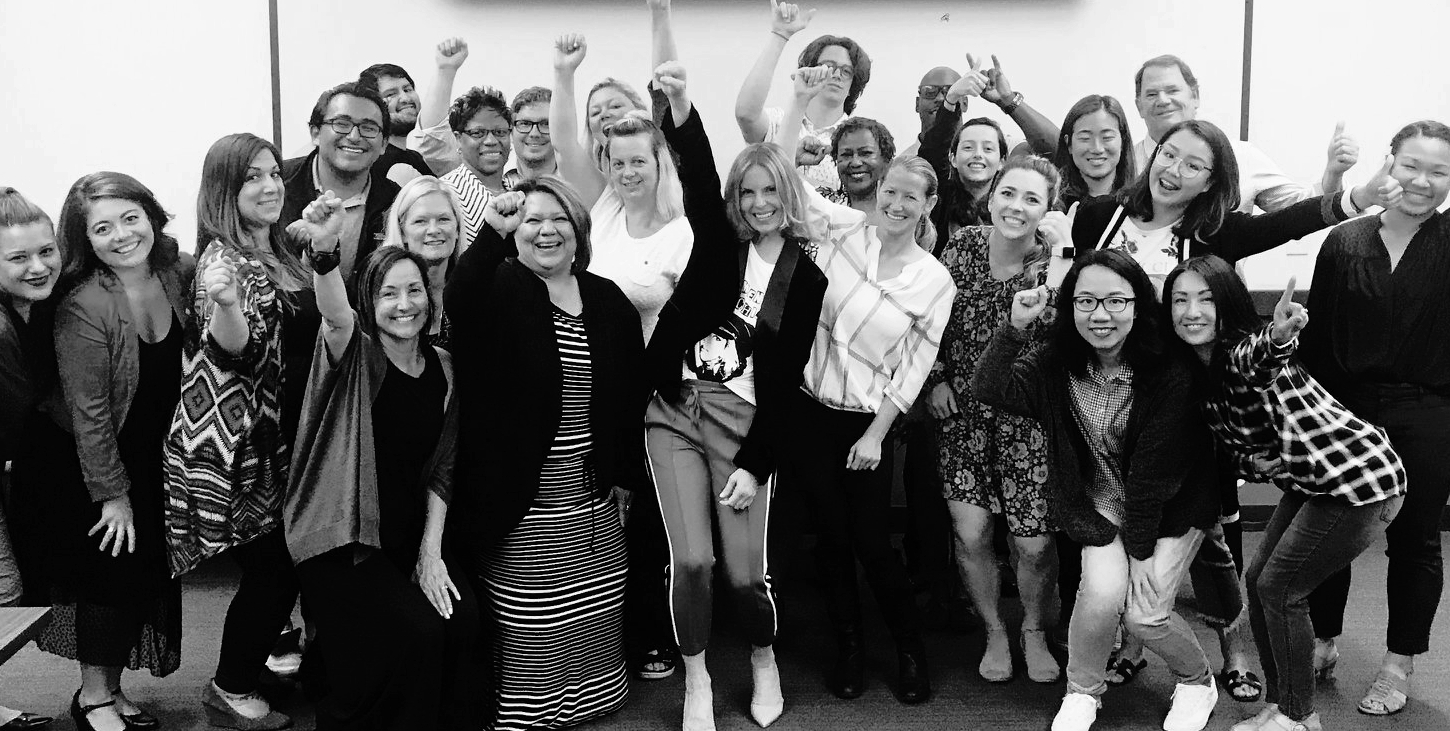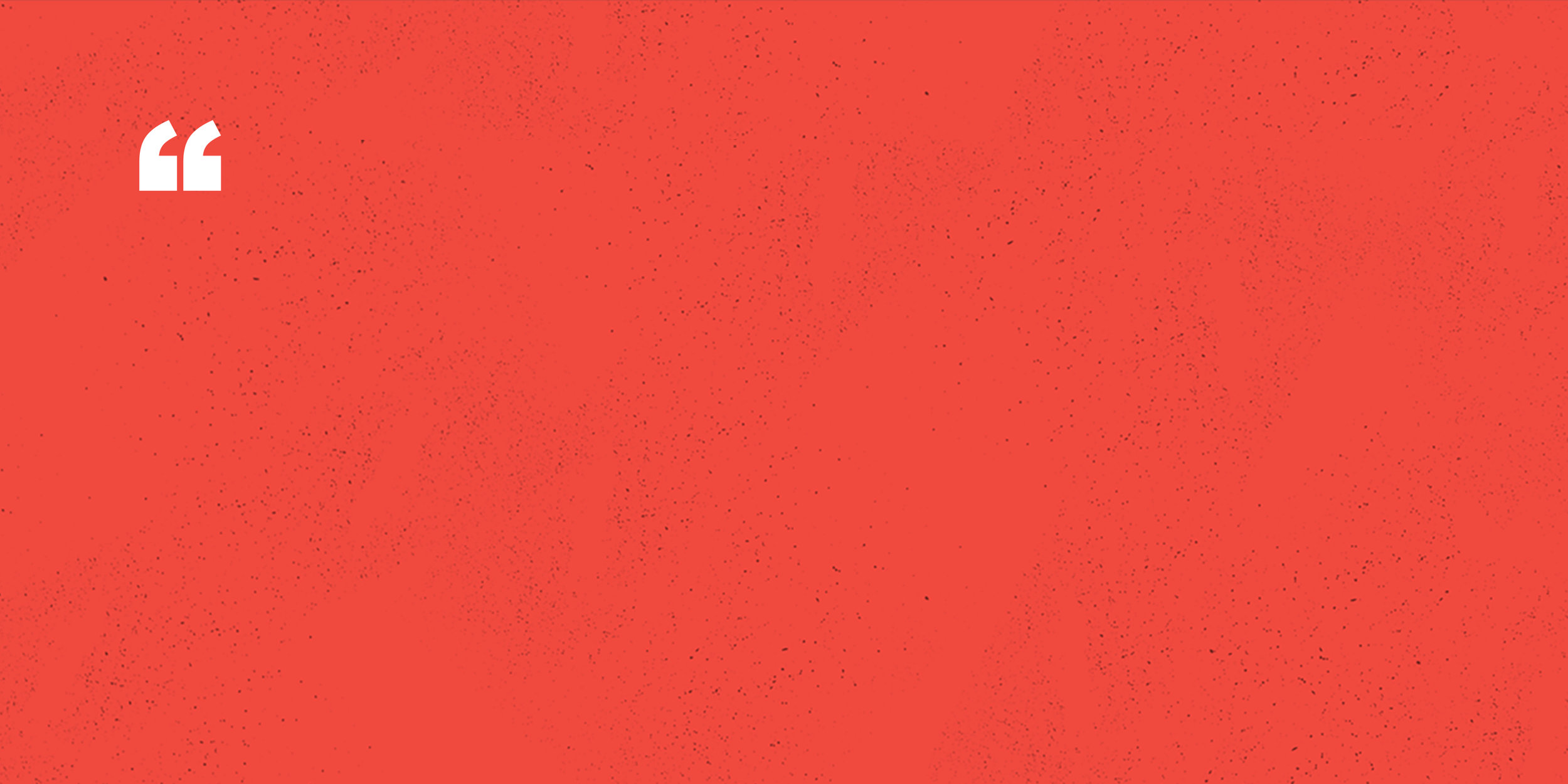
Mission
Invisible Disability Project (IDP) is a social/cultural movement and an educational media project that consciously disrupts “invisibility” imposed upon unseen disabilities at the intersections of race, class, gender, and sexuality. We are devoted to building human connections and self-advocacy by dismantling shame and stigma. IDP effects change through public conversations and interactive online content with the goal of creating an informed, mutually supportive community.
Vision
IDP envisions a world where people with unseen disabilities no longer encounter barriers to personal relationships, health care, community, education, employment, technology, media representation, laws and policy. We reject “normalcy” as a form of identification to be aspired to. We seek to reclaim identities previously rendered “invisible”. More specifically, we aim to reveal how “bodily diversity” and “neuro diversity” more aptly describe every human experience as opposed to the “normal” and “abnormal” binaries. We will record and track our educational interventions across social media, activist websites / blogs, teaching materials, professional publications, and, most prominently, through our “This is Me” media campaign. IDP imagines radical transformation by changing language, changing minds, and shaping a new culture.
We understand that our identities (disabled / able-bodied; straight / gay / queer; female / male / transgender / gender queer; black / brown / white / yellow; rich / poor; urbanity / rurality) are complex social constructions that change over time.
- Invisible Disability Project
- Invisible Disability Project

Goals
Interrogate mainstream ideas and practices around so-called "normal people". Expose the reality that diverse bodies and minds more closely describe the human experience. Challenge and protect legal and bureaucratic systems that safeguard human rights.
Strategically dismantle the culture of silence and closetedness around invisible disability to raise consciousness and improve self-advocacy skill. Advance the agency of all IDP community members, regardless of sex, gender, race, class, or disability with the goal of disrupting individual and collective “invisible experiences.” Mobilize a mutually supportive community that constantly asks, “What is unseen?” when approaching questions of identity.
Advance teachings that reject “ableism” (the notion that so-called “normal bodies” are always preferable to bodily diversity or disability). Ableism, like racism, sexism, and elitism, is a cultural bias. IDP acknowledges multiple forms of “invisibility” as they are meted out to marginalized people. Our goal is to intersect invisible disability through race, class, gender, and sexuality.
Offer a series of concrete steps for supportive interaction between allies, partners, parents, friends, caregivers, health care providers, educators, employers, media and industry, and those revealing forms of psychiatric, emotional, and physical illnesses or disabilities. (Practical solutions might include, for example, strategies for managing health-related paperwork or navigating accessibility in real spaces, social settings, and in the workplace.)
Devise and incorporate new language for discussing disability and multiple identity categories (race, class, gender, and sexuality) that always resist the fantasy of “normal.” Create a safe system for asking, observing, and acknowledging bodily / neuro diversity in personal, social, and employment settings.
As a result of our public conversations and interactive online content, IDP anticipates a reduction in shame and stigma associated with broader social “invisibility” as well as a decrease in the incidence of bullying, school dropout, unemployment, marginalization, suicide, and other acts of violence.
We define the body outside the mainstream fantasy of a “normal” body. We characterize the body and the mind as diverse; hence, our use of the phrases “bodily diversity” and “neuro diversity.” An “invisible” or “non-visible” or “hidden” or “non-apparent” disability is any physical or mental or emotional impairment that goes largely unnoticed by the general populous. Invisible disabilities include, but are not limited to: cognitive impairment and brain injury; the autism spectrum and its physical manifestations; chronic illnesses and diseases like MS, chronic fatigue and chronic pain, autoimmune compromise, fibromyalgia; hearing and visual impairments; ADHD; learning disabilities and dyslexia; and emotional / mental challenges like depression, bipolar disorder, and PTSD. We further understand the body as always changing, so disability and chronic illness may be unstable or periodic through one’s life.
Who are we?
We are health, legal, and technical professionals, bloggers, educators, activists, researchers, artists, filmmakers, parents and family members. We are from all walks of life. We come together to community-build, while respecting individual and collective histories of trauma and exclusion. We acknowledge that the able / disabled dichotomy will always describe just a small portion of who we are as people. We support people who have found ways of speaking openly about their own experiences with social and cultural stigma. We are not interested in “overcoming narratives” or stories that convey fantasies of “normal lives,” “normal bodies or minds,” or “normal people.” We understand that our identities (disabled / able-bodied; straight / gay / queer; female / male / transgender / gender queer; black / brown / white / yellow; rich / poor) are complex social constructions that change over time. We are the people you pass on the street. We are your neighbors and friends. We hope you will join our movement toward rejecting invisibility.
DISABILITY IS NOT EXOTIC.
Disability is part of the normal lifespan and human experience. If you live long enough, you too will know what it is like to be disabled.
- Linda Williams, Ph.D., Founder
DISABILITY IS NOT EXOTIC.
- Linda Williams, Ph.D., Founder

